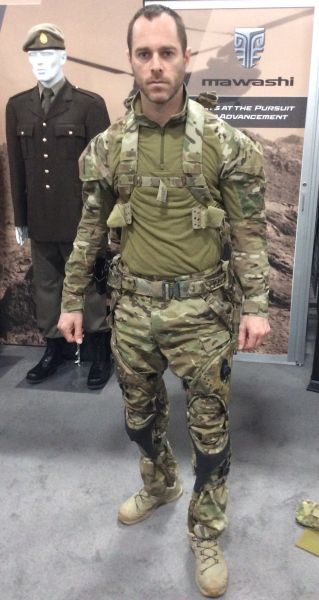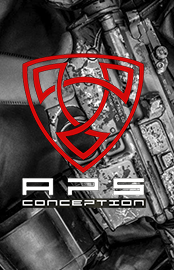Mawashi – UPRISE Tactical Exoskeleton

This article was originally published at soldiersystems.net

While the UPRISE™ Tactical Exoskeleton has popped up in various future soldier system program demonstrations, it was officially unveiled to the market at an offsite during SOFIC.

There are a whole slew of companies developing wearable robotics, or as they are more popularly known, exoskeletons. Mawashi says that Exoskeletons are a disruptive technology because they are impacting multiple industries simultaneously. Some of the systems have been created specifically for defense use.
Of these, the vast majority are powered, which is crucial to the ability to lift heavy weights, such as a Power Loader taking the place of a forklift. However, that reliance on power can also be a weakness, for some applications. For example, no one wants to run out of power, midway through a mission. What makes Canadian firm Mawashi’s solution different is that it is human powered. Designed to reduce skeletal muscular injuries, UPRISE™ is an acronym for Ultralight Passive Ruggedized Integrated Soldier Exoskeleton.

Starting load carriage studies in 2005, Mawashi’s engineers investigated how the human body bears weight, in particular they looked at the severely overweight (300-700 lbs), especially Sumo wrestlers, who remain active despite their girth. Interestingly, the name Mawashi comes from the loincloth worn by the Sumo.
What Alain Bujold, President and Chief Technology Officer of Mawashi, and his team found, is that the body can bear an amazing amount of its own weight because of how it is distributed. They surmised that a load is a load; a pound, a pound, whether it’s fat or Mission Equipment.

UPRISE™ mimics the human form, with a flexible spine and sliding belt which combine to offer a great deal of freedom of movement. The exoskeleton is padded and fit is fine tuned via Boa dial at several locations on the legs.
The Harness also integrates with body armor as well as other loads such as packs. Additionally, they’ve demonstrated that gear normally worn on the War Belt, such as holsters, can be attached to the exoskeleton. No matter what is attached to the system, the entire weight of the exoskeleton is borne by a plate which is inserted like an insole into the wearer’s footwear. In fact, UPRISE™ transfers 50-80% of the wearer’s load right to the ground. Mawashi intends it for use on three to seven day missions.

Development continues. So far, the work has concentrated on the major load bearing structures of back and lower extremities, Mawashi plans to increase coverage. While UPRISE™ won’t make you run faster, and won’t give you super human strength, it will make you less fatigued, and it will help protect your lower joints.
They recently produced this video entitled, “WE ARE MAWASHI: The Rise of The Exoskeleton” which showcases the technology.









